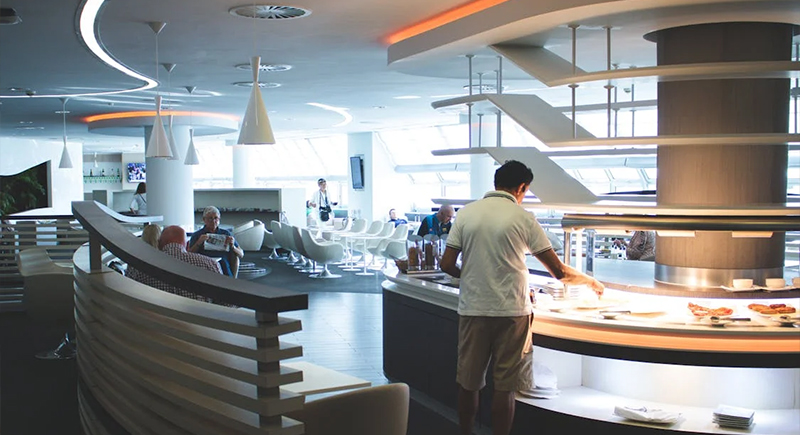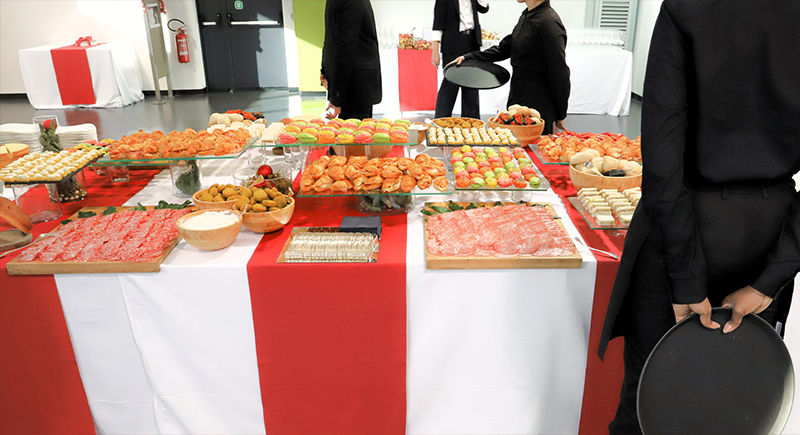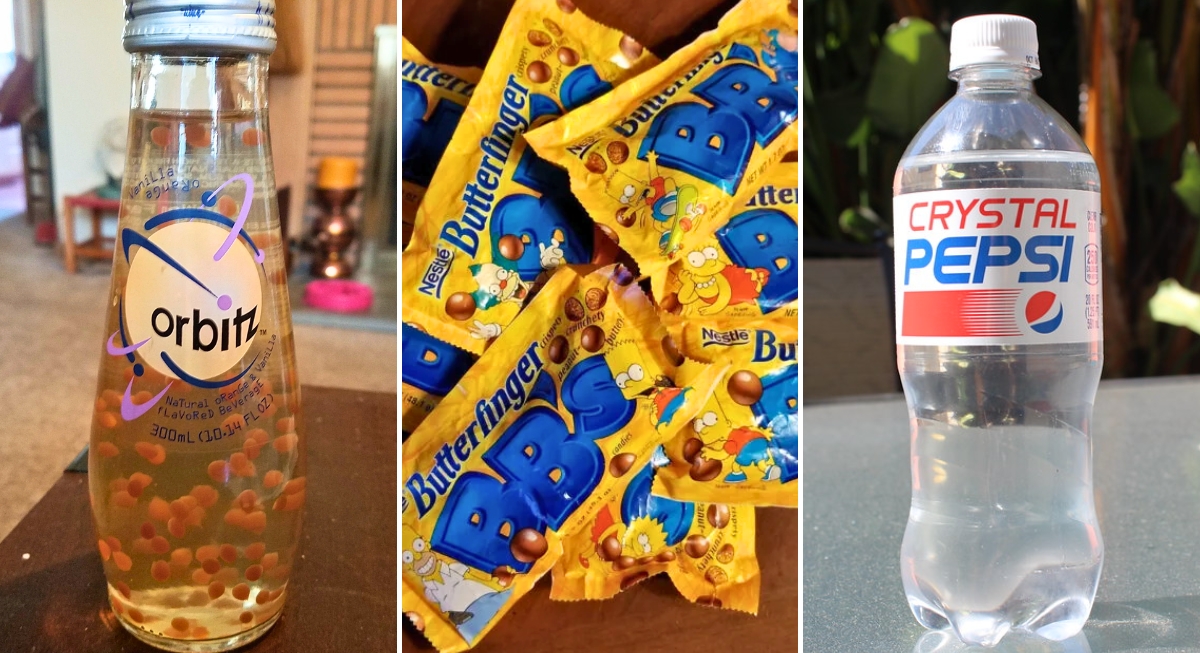Have you ever walked out of a buffet wondering how you ate so much but still didn’t feel satisfied? Buffets are masters of subtle tricks designed to stretch their profits while keeping you coming back for more. In this article, we’ll uncover 15 clever ways buffets get the upper hand, so you can spot them and eat smarter next time.
Overloading with Cheap Carbs

Credit : pexel
Ever notice the large amounts of bread, pasta, and rice at buffets? That’s no coincidence. These inexpensive, filling items are strategically placed to make you feel full fast. This way, the establishment can save on costlier dishes like seafood or premium meats.
Offering Small Plates

Credit: flickr
Smaller plates make you take less food per trip without even realizing it. This is a visual trick—your plate looks full, so you assume you’re getting enough. In reality, the restaurant gets to control portion sizes and stretch its food supply further.
Positioning Expensive Items Last

Credit: iStockphoto
Buffets know you’ll fill up your plate with the first few items you see. That’s why the priciest dishes—think steak or shrimp—are often at the end of the line. By the time you get there, there’s barely any room left on your plate.
Using Heavily Seasoned Foods

Credit: pexel
Salty or spicy dishes dominate buffets for a reason. They make you thirsty, and guess what? Most drinks aren’t free. While you’re guzzling soda or paying extra for bottled water, your appetite conveniently shrinks, meaning you eat less of the pricier food.
Serving Low-Quality Ingredients

Credit: iStockphoto
Buffets often rely on less expensive, lower-quality ingredients to cut costs. That “crab” in your salad? It’s probably imitation. Those veggies? Likely frozen. Sauces and seasonings are used generously to mask the difference, leaving you none the wiser.
Encouraging Overeating

Credit: iStockphoto
The “all-you-can-eat” setup seems like a great deal, but it’s designed to backfire. Eating too quickly or piling your plate high makes you feel full faster than you’d expect. This minimizes the number of times you can actually go back for more.
Offering Limited High-Demand Dishes

Credit: pexel
Restaurants love to invite customers to their buffets with popular dishes like prime rib or lobster, but these are only available in limited quantities. When they run out quickly, you’re left with the cheaper, less exciting options.
Setting Food Under Dim Lighting

Credit: pexel
Dim lighting at buffets makes food look more appetizing than it really is. Those dull-colored mashed potatoes? They seem creamier under soft lights. It’s all about presentation and tricking you into thinking the dishes are fresher and tastier than they are.
Using Smaller Serving Utensils

Credit: pexel
Dishes like mashed potatoes are mostly available with tiny ladles at buffets. This is because smaller serving utensils mean you’ll take smaller portions, even if you go back for seconds. It’s a subtle way to manage food consumption.
Charging Extra for Drinks

Credit: pexel
Those low-cost buffet prices may seem reasonable, right until you add a drink. Many don’t include beverages in the cost, and the markups can be steep. Water is usually free, but you’ll rarely see it prominently offered—soda or juice takes center stage instead.
Recycling Leftover Food

Credit: iStockphoto
Food establishments are experts at repurposing yesterday’s leftovers during buffets. Today’s casserole might feature last night’s uneaten veggies. While it’s an efficient way to reduce waste, it’s also a reason to question the freshness of what’s on your plate.
Providing Fewer Seating Options

Credit: flickr
Purposefully designed cramped or uncomfortable seating can make customers feel rushed to leave. Essentially, buffets don’t want you lingering, as quicker turnover means more customers served. This keeps the flow moving without the establishment having to say a word.
Marketing Deals and Promotions

Credit: iStockphoto
“Kids eat free” and group discounts are tempting, but buffets make up for it elsewhere. They’ll push drinks, desserts, or premium items to balance the cost. Those deals are carefully calculated to lure you in and upsell you later.
Utilizing Food Psychology

Credit: iStockphoto
Bright colors and enticing aromas are the holy grail of food marketing. Buffets use this too; drawing customers to the most visually appealing dishes, often ignoring the boring yet pricier ones like grilled fish.Avoiding Clear Price Communication
Pricing at buffets is notoriously confusing, especially for extras like premium dishes or special drinks. You might think you’re paying a flat rate until the bill comes. That vague signage or tiny fine print is their way of sneaking in extra charges.





